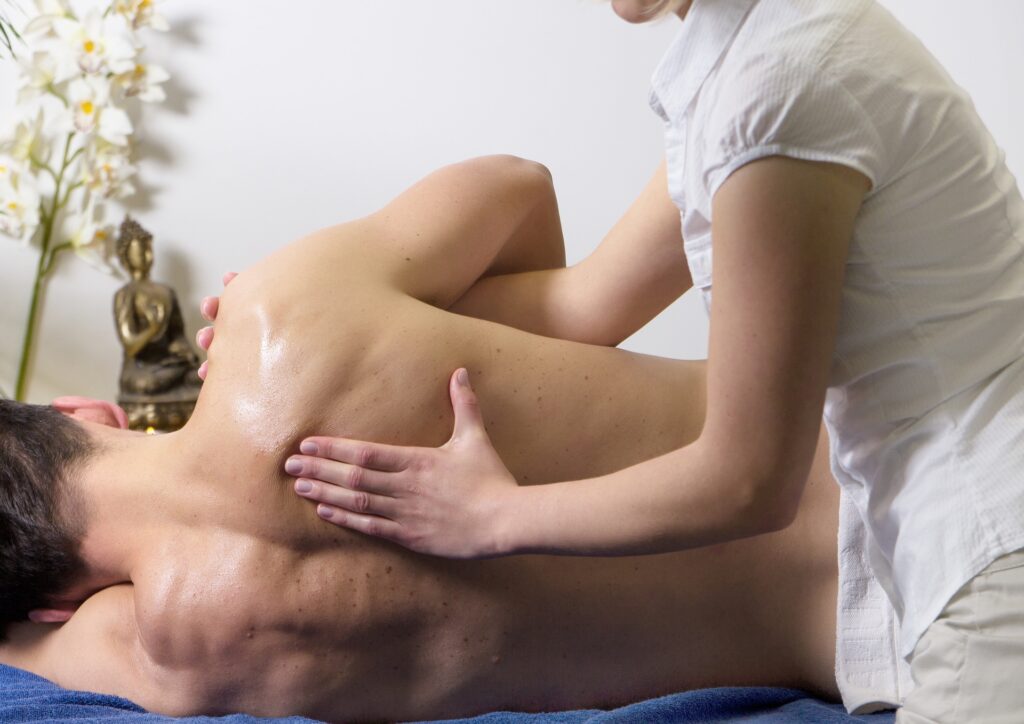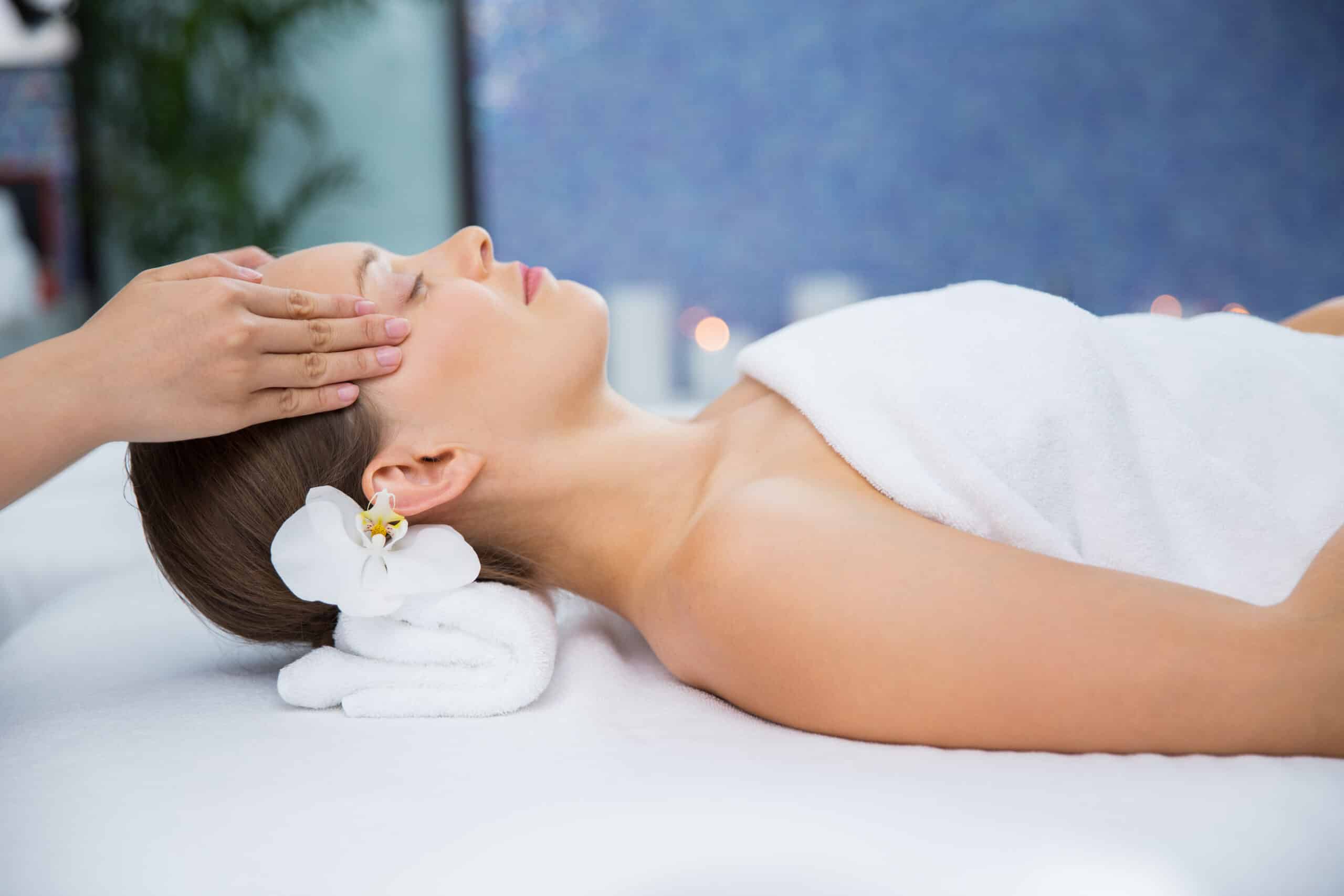Are you feeling stressed or tense after a long week at work? Struggling with muscle soreness or stiffness? You’re not alone. Massage therapy in Edmonton might be the key to finding relief and relaxation. Beyond offering a much-needed escape from the daily grind, it provides numerous physical and mental health benefits that can improve your overall well-being.
Table of Contents
Benefits of Massage Therapy
- Relieves muscle tension and soreness
- Promotes recovery and enhances flexibility
- Reduces pain and improves range of motion
- Boosts blood and lymphatic circulation
- Lowers stress levels
- Helps align the body and mind
Whether you’re an athlete recovering from intense workouts, someone with a desk job, or an active individual dealing with daily strain, regular massage therapy can work wonders. By applying targeted pressure to muscle tissues, massages help reduce tension, alleviate pain, and improve flexibility. This also enhances your range of motion, enabling you to move freely and comfortably in your daily life.

Types of Massage
If you’re in Edmonton, Alberta, and feeling unsure about which massage is best for you, we’ve got you covered. Below is a comprehensive list of massage types to help you make an informed decision. Each type offers unique therapeutic benefits, and some practitioners even combine different techniques for a more personalized experience. Every massage feels different and may offer additional benefits, so it’s worth exploring what works best for you.
Popular Types of Massage in Edmonton
Swedish Massage:
This is the most common type of massage. Performed with oil on the skin, it involves long, kneading strokes and deep, circular movements to relax and energize the body. Swedish massage is generally not very deep and is primarily used for relaxation rather than treating specific health issues.
Deep Tissue Massage:
This massage targets the deeper layers of muscle tissue and fascia, releasing chronic tension patterns through slow strokes and firm finger pressure on contracted areas. It’s more intense than Swedish massage and focuses on addressing muscle issues rather than relaxation.
Hot Stone Massage:
Smooth, heated stones are placed on specific parts of the body to warm and loosen tight muscles. This method also helps balance energy centers and is particularly beneficial for improving blood flow in individuals prone to feeling cold.
Sports Massage:
A blend of Swedish and deep tissue techniques, this massage is tailored for athletes to prevent injuries, improve flexibility, and enhance performance. It may involve some discomfort during treatment and often requires follow-up exercises, similar to physiotherapy.
Aromatherapy Massage:
This massage incorporates essential oils to enhance relaxation and promote well-being. Aromatherapy can be combined with Swedish or deep tissue massage for an enhanced experience.
Shiatsu Massage:
Originating in Japan, Shiatsu involves applying pressure to specific points on the body to relieve pain and tension. It utilizes acupuncture points and meridians, making it highly effective for addressing various conditions. While traditionally performed without oil on a mattress, some practitioners adapt it to a massage table.
Thai Massage:
An ancient healing system that combines acupressure, Ayurvedic principles, and assisted yoga postures. Thai massage is more active than Swedish massage, involving extensive stretches and pressure points, often requiring the therapist to use their legs for deeper pressure.
Communicating with a qualified massage therapist to determine the best type of massage for your needs is essential.

Acupuncture vs. Massage: Key Differences in Edmonton
Method of Treatment:
Acupuncture involves using thin needles to stimulate specific points on the body, while massage therapy focuses on manipulating soft tissues to relieve tension.
Objective:
Acupuncture aims to restore the body’s energy flow (qi) and address root causes of health issues. Massage therapy, on the other hand, primarily improves relaxation, circulation, and muscle tension relief.
Training:
Acupuncture training is extensive, typically lasting four years, and includes acupuncture, herbal therapy, nutrition, and more. In contrast, massage therapy training usually takes one to two years and focuses solely on massage techniques.
Approach:
Acupuncture is deeply rooted in the principles of traditional Chinese medicine, while massage therapy draws from diverse cultural and historical practices around the world.
Scope of Practice:
Acupuncture addresses a wide range of conditions, including pain, chronic illnesses, and mental health issues. Massage therapy mainly focuses on musculoskeletal conditions and promoting relaxation.
Relaxation:
Both acupuncture and massage can be relaxing, but if you have a fear of needles, acupuncture might feel more stressful.
Treating the Root:
Massage treats the musculoskeletal system effectively, but acupuncture goes further, addressing all body systems and the root causes of health issues from a Chinese medicine perspective.
Top Benefits of Acupuncture
Pain and Inflammation Relief:
Acupuncture is highly effective for managing pain, including back pain, joint pain, and headaches. The Balance Method Acupuncture often provides immediate relief in most cases.
Stress Reduction:
Many find acupuncture to be profoundly relaxing and a powerful way to reduce stress and anxiety.
Improved Overall Wellness:
By balancing the body’s energy (qi), acupuncture promotes holistic well-being.
Relief for Chronic Conditions:
Acupuncture is a trusted method for managing chronic conditions such as arthritis, fibromyalgia, and digestive disorders.
Support for Mental Health:
It is particularly effective for mental health challenges, including depression and anxiety.
Acupuncture is often combined with Chinese medicine herbal therapy to enhance its effects.
If you are looking for a massage in Edmonton or an acupuncture clinic in Edmonton and are unsure which method is best for you, feel free to email, chat, or call us for guidance.


